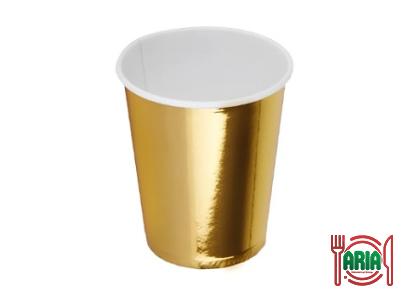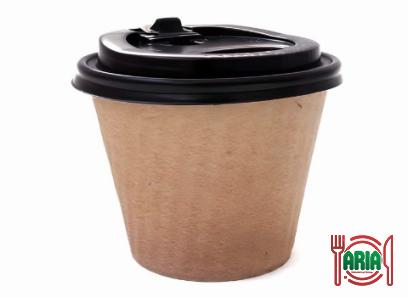We supply a unique chef’s knife made of plastic using recycled materials that are environmentally sustainable and friendly.
Describe a knife if you can. Working with vegetables calls for the utilization of a number of different types of kitchen knives, such as a chef’s knife and a paring knife.
The finest results, though, will come from using a certain style of Japanese knife that is designed specifically for chopping vegetables.
I have a confession to make: whenever I hear the phrase “kitchen knife,” the first thing that comes to my mind is cutting some kind of meat. In particular, the gratifying experience of cutting into a piece of beef that is tender and juicy.
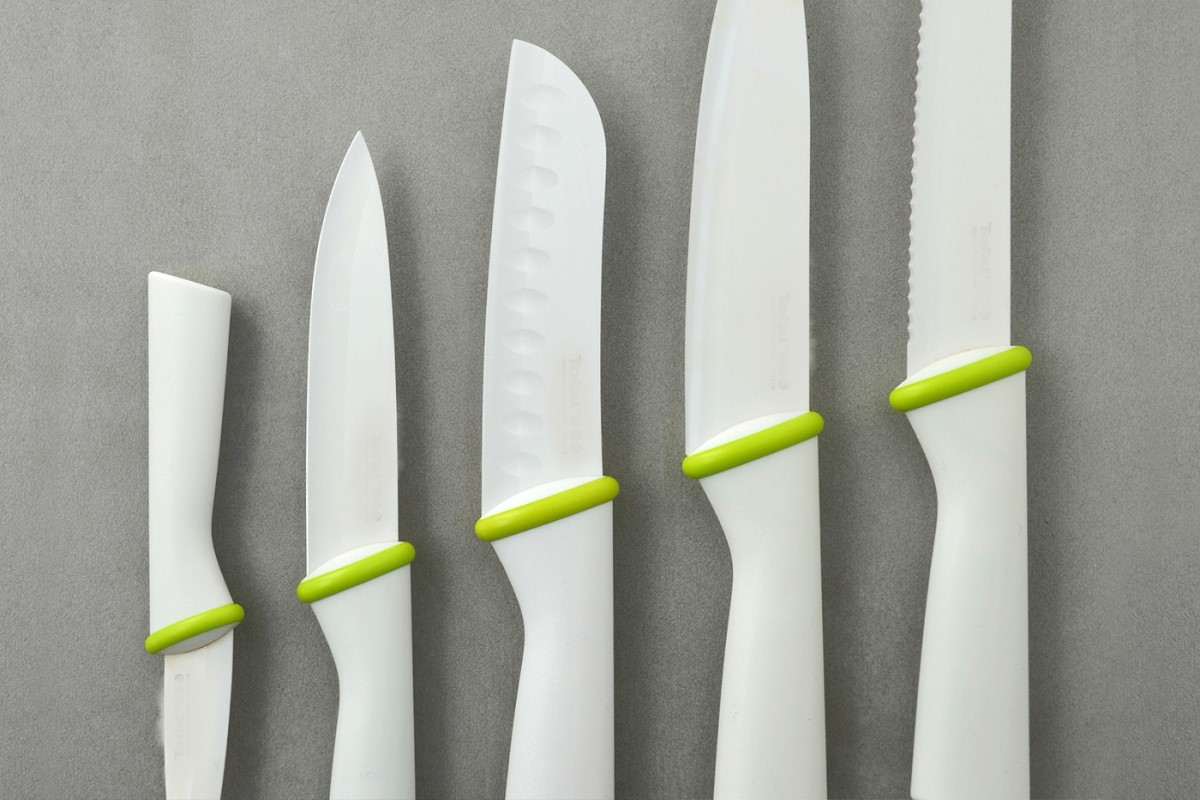
I just can’t help myself! I am a beef lover who gets a kick out of the sensation of slicing up a piece of steak for serving, using a carving knife on a piece of brisket, or preparing beef with a butcher knife.
That, for better or for worse, is the platonic ideal of what I consider to be a “kitchen knife.”
However, this completely ignores the argument that was being made. Just as meat is not the only thing on my diet, there is a whole other world of kitchen knives out there.
Some of these knives are specialty knives that fulfill extremely specific tasks, and some of these knives can be used to overcome a variety of challenges in the kitchen.
Because chopping vegetables is one of the fundamental kitchen skills that every home cook needs to become proficient in, a vegetable knife is, of course, an important tool to have at your disposal.
But what exactly do we mean when we talk about a knife for cutting vegetables? Shouldn’t we be able to get away with using the tried-and-true chef’s knife we have? Do we require a knife that is designed for the sole purpose of chopping, slicing, and dicing vegetables?
The truth is that you could get away with using only a chef’s knife to complete the majority of the day-to-day tasks in your kitchen. This is because of the versatility of the tool.
However, if you want to go to the next level of culinary perfection, you will need to put the pieces in place to ensure your success.
You need the equipment that is specifically intended to get that flawless chop, that smooth cut, and that razor-thin slice for a variety of different kinds of dishes.
Which knives, then, are appropriate for use when cutting vegetables? Although there are more, these are the three most important ones.
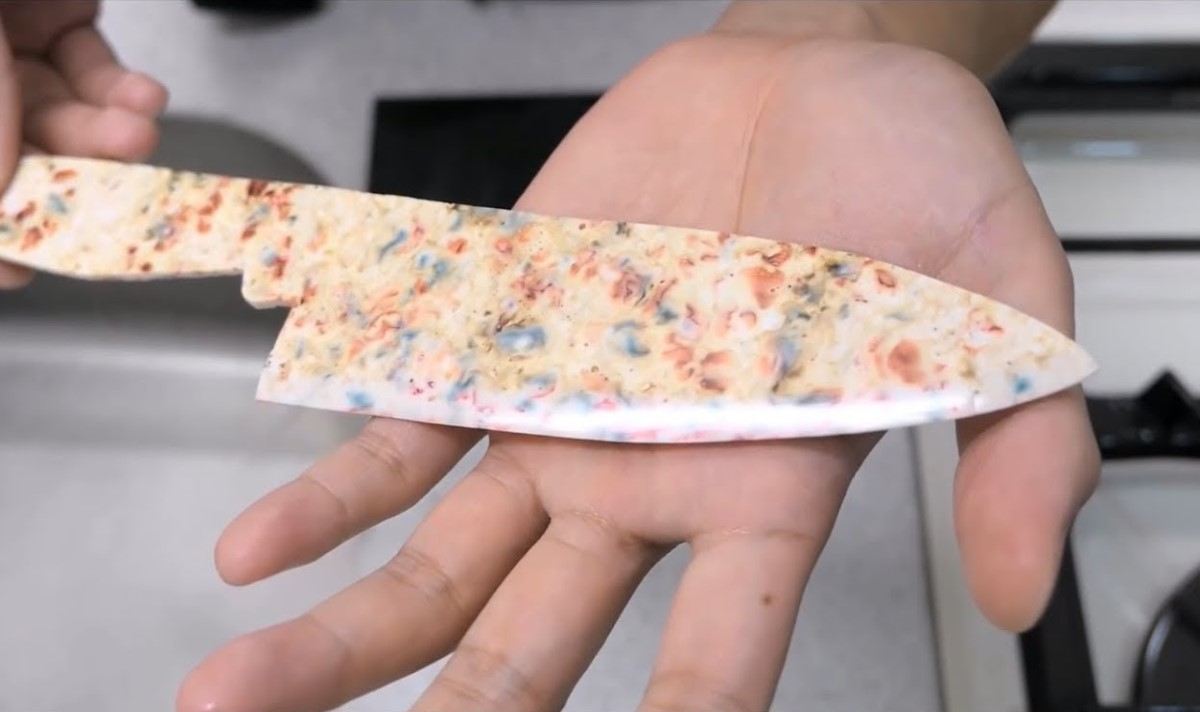
reused blade of a knife
This knife has a handle made of recycled plastic and a rectangular blade with no point at the end of the blade.
The edge of the blade is flat. Because of this, you, as a home cook, will be able to easily slice through green onions, tomato skin, and any other item that could be difficult to cut with a different kind of knife.
This excellent piece of kitchen engineering is the perfect tool for preparing any vegetable you can think of, from julienning peppers to slicing coleslaw. It is also the perfect tool for chopping coleslaw.
Paring knife
Oh yes, the deceptively small paring knife; a knife that teaches us all that power and usefulness do not necessarily correlate with size. The paring knife.
When you need to make tiny, precise cuts, as well as intricate cutting, peeling, mincing, and dicing of small fruit and vegetables, this small knife is the one you should reach for.
The knife used by chefs
Yep. The tried and true method. There’s no getting around the fact that chef’s knives are outstanding tools to have in the kitchen. And while most amateur cooks are able to get by with just a chef’s knife, serious cooks should have at least two.
- Instructions on How to Use a Knife
When you take a knife into your hand, one of the first characteristics that will stand out to you is how flat it is.
In point of fact, the fact that your vegetable knife is flat is one of the primary advantages it possesses over other knives, and it is also one of the reasons why it is such a powerful tool when it comes to cutting vegetables.
You should do a straightforward movement consisting of a push-forward followed by a pull-back motion.

The knife should be held against the vegetable in such a way that the edge of the blade makes contact with the vegetable first, rather than the tip of the knife.
After that, you should quickly move the blade downward and forward in a single motion; after that, you should quickly pull it back up and repeat the process. You are going to breeze through that head of lettuce in a very short amount of time.
The following is a detailed explanation of each step:
Take hold of the knife by its handle. Turn your hand so that your thumb and index finger are positioned just in front of the end of the handle. Hold on with these two fingers. You will have increased control over the blade as a result of this.
Form a “claw”-like structure with the fingertips of your second hand by curling them inward. In order to prevent injury to your fingers as you chop the meal, you should now position this over the top of the food.
Now, glide the knife down and forwards into the food, guiding the side of the knife with your knuckle as you go.
You will find that doing this with a knife will be almost effortless for you, and the sound of the sliced pieces slamming on the cutting board will provide you with a tremendous sense of satisfaction.
Just move the knife upward and backward, and you should be good to go. Once you’ve established a rhythm, you’ll realize that you’re doing something for the simple joy of it and not because you have to.
Watch out: you might not have any more vegetables left to cut!
A method known as “mill chopping,” in which the blade is tapped upon a stack of food very gently, is another one of the many useful applications for knives.

- Things to Look for When Purchasing Knives that have been Recycled
When you don’t know what to look for, shopping for vegetable knives might feel like a very difficult and time-consuming activity. It is possible to feel as though there is an excessive quantity of information, and this is especially true if your goal is to find the very best.
It is important to keep in mind that there is no one “best,” and that the only thing that matters is what is best for you. The knife that satisfies both your requirements and your tastes is going to be the finest option for you.
I could give you a thousand different pieces of information to look for, but if the knife doesn’t feel comfortable in your hand, none of that information is going to matter very much. Because, at the end of the day, you’re the one who’s going to be using it in the kitchen!
When you are shopping for a veggie knife, there are a few important things you should keep in mind. Let’s go over some of those things.
Size
When it comes to blades for cutting vegetables, you don’t want them to be too big. In most cases, a knife measuring between 5 and 7 inches will work just well.
It’s true that there are larger ones available, but you could find it difficult to put them to use in the kitchen because of how unwieldy they are.
Paring knives, on the other hand, are noticeably more diminutive; this is because its sole function is to facilitate the making of very fine, precise cuts. These range in size from 2.5 inches to 4 inches in circumference.
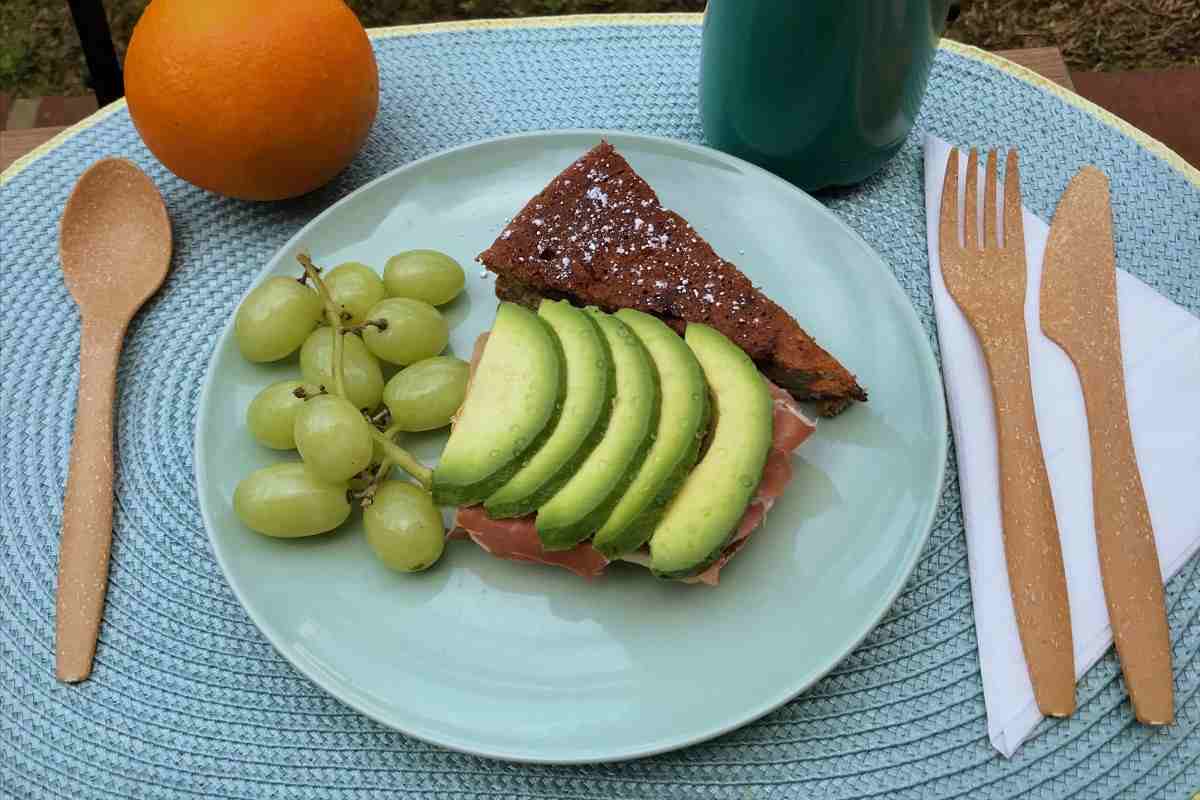
The comfort of the grip
This one is very important. The handle of a decent knife for cutting vegetables ought to feel comfortable.
Because the handle is the part of the knife that you are going to be coming into direct touch with, you’ll find that the very best ones invest as much effort on the handle as they do on the actual blade. The reason for this is that the blade is the part that does the cutting.
It shouldn’t seem difficult; rather, it should feel more like your body is naturally extending itself. If the handle is comfortable, the knife as a whole is safer since you won’t tire of using it as fast and you’ll be less likely to have an accident while using it.


